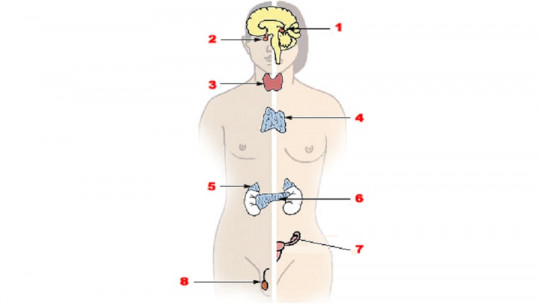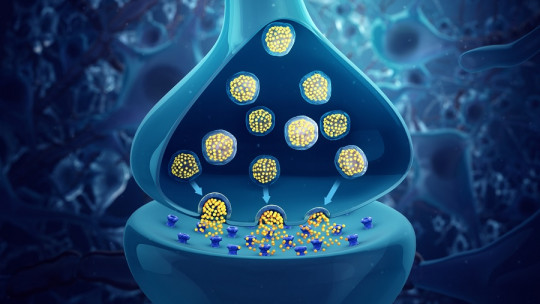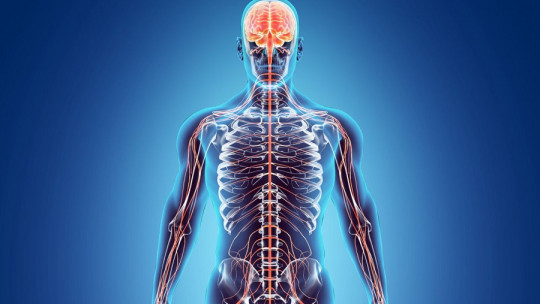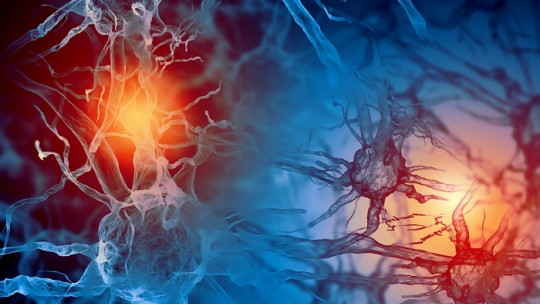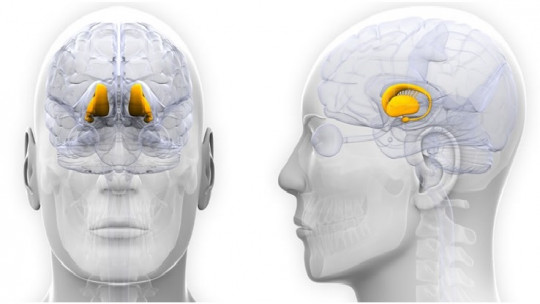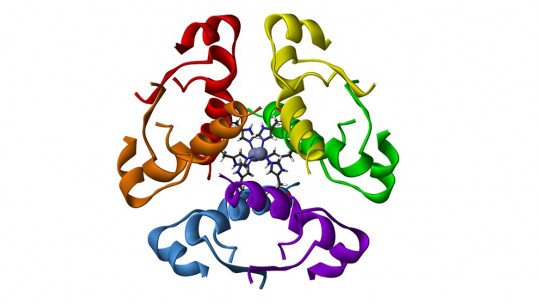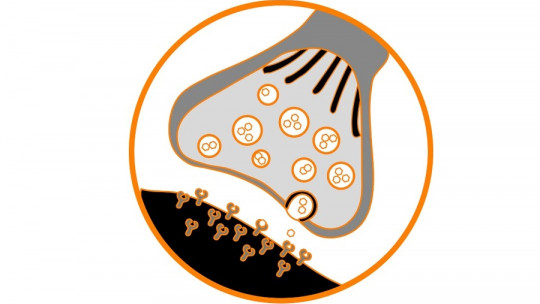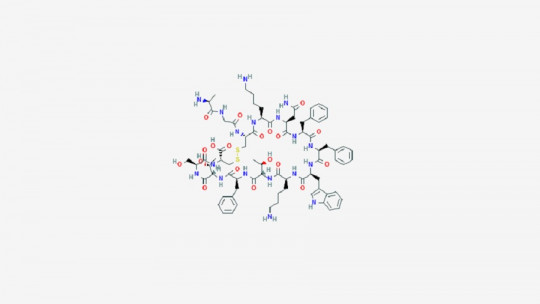
Within the human body we can find a large number and variety of structures and organs that have different properties and functions. The main system responsible for this is the nervous system, but we must also highlight the important role of the endocrine system
In this sense, a large part of our body’s functions depend on certain hormones altering or regulating the functioning of the organs, glands and tissues that are part of it. AND one of them is somatostatin which we are going to talk about throughout this article.
Somatostatin: what is it?
Somatostatin is one of the different hormones that our body secretes naturally, which, like the rest of the hormones, acts as a messenger that generates some type of alteration in the functioning or structure of other body systems.
We are faced with a protein-type substance that can be synthesized in two different forms, one of twenty-eight amino acids (with a greater presence in the digestive tract) and another (the most common in the nervous system and pancreas, and the best known) formed by a total of fourteen amino acids, and which has an effect on different body systems such as the nervous, the endocrine or even the digestive or excretory systems. Also acts as a neurotransmitter
Somatostatin is a fundamentally inhibitory hormone, and its synthesis takes place in the pancreas. It is mainly produced on the islets of Langerhans as well as insulin and glucagon, specifically by the delta cells of these structures. However, we can also find other areas that synthesize and use it, among which the hypothalamus and other brain nuclei or even the walls of the gastrointestinal tract stand out.
Main functions of this hormone
Somatostatin is a hormone that can be found in most of our body’s systems, and that has different effects on it. As we have seen previously, plays a mainly inhibitory role in most target organs
One of the functions or properties for which it is best known is for its inhibitory role of growth hormone, something that allows it to slow down to a large extent in adulthood and contribute to the regeneration capacity of our body by reducing expenditure. energy dedicated to growing. To do this, it acts on the pituitary gland in such a way that it reduces the production of growth hormone or somatotropin. In fact, this function is what has earned it the name somatotropin release-inhibiting hormone.
It also affects the release of other hormones, such as corticotropin, which allows the production of steroids by our adrenal glands. Also affects and inhibits the functioning and synthesis of thyroid hormones, suppressing its releasing factor in the pituitary gland. In addition, at the pancreatic level, somatostatin inhibits the release of insulin and glucagon, something that allows the release of these hormones to be controlled and can cause an increase in blood glucose.
In the digestive tract it inhibits and reduces intestinal motility and enzyme secretion, as well as the absorption of glucose and other nutrients. It also has an effect on the excretory system, reducing urination. Another of its effects is to reduce blood flow at the splenic or visceral level, as well as salivation or intestinal mucosa.
It also has an effect on the immune system, as well as in the cardiovascular. In the nervous system, it inhibits the functioning of part of the central system, as well as the autonomic system (in fact, it reduces and makes movement difficult by having an effect on the extrapyramidal system). It also inhibits the release of monoamines such as norepinephrine and dopamine.
Pharmacological use: clinical utility
Somatostatin is, as we have said, a hormone present in our body, which originates mainly in the pancreas. However, some people may have some type of deficiency in its synthesis or be in a medical situation that may benefit from its external administration. And due to its effects on the body, somatostatin also has been synthesized in a laboratory in order to treat various conditions.
The synthetic somatostatin used as a medicine is analogous and has the same chemical composition as that produced by our body, and is applicable by infusion into the blood, by perfusion. It usually comes in the form of vials with lyophilized powder and ampoules with a solvent (usually sodium chloride) that allows it to dissolve. The dose in question will depend on various factors such as age or the presence of pathologies.
The use of this hormone It is indicated for the treatment of internal bleeding especially with regard to injuries or ruptures of varicose veins and fistulas in areas such as the esophagus or pancras, or in the digestive tract.
The reason for this is that, as we have mentioned previously, somatostatin inhibits not only hormones but also reduces the secretions of the digestive organs, intestinal motility and blood flow in the viscera. However, its use is only to complement other treatments, requiring other types of interventions to achieve clinical improvement.
In addition to that, It is the treatment of choice for acromegaly or gigantism due to its inhibition of growth hormone and pituitary activity. Another clinical application of this hormone occurs in pancreatic or gastric tumors, although in this case it acts more as a marker and as a vehicle for radioactive molecules that can fight against the neoplasia, as well as in some of the pituitary gland, being an inhibitor of its activity. .
Risks and side effects of its medical use
Somatostatin is a very useful hormone both naturally and in its clinical application. Now, in the second case we can find that its use as a drug poses some risks. Sometimes it is contraindicated or smaller doses than usual must be used.
Among the possible side effects, it is relatively common to appearance of hyperglycemia, dizziness and hot flashes, abdominal pain and nausea Episodes of diarrhea, hypoglycemia, bradycardia, and both hypotension and hypertension may also appear. Finally, there is the risk of arrhythmias, blockages and heart problems.
Also decreases urine flow and blood sodium, as well as glomerular filtration, something that can be negative in people with severe kidney problems. The presence of cardiac alterations should be especially monitored in the early stages of treatment, including monitoring vital signs.
Regarding populations that should not take this drug, somatostatin It is contraindicated in pregnant women or during childbirth or breastfeeding (which should be suspended if treatment with this drug is essential) since it affects the growth hormone and this can cause alterations in the fetus or baby. Its use in children or adolescents is not recommended either.
It should also not be mixed with other drugs unless the doctor indicates it, especially in the case of anxiolytics (which it potentiates). Obviously, those people who suffer from an allergy to somatostatin or any of the components of its preparation should not take this drug.
People with severe kidney failure Although they can be treated with this drug, they should be treated with lower doses. Since it blocks the release of insulin and glucagon and the risk of generating hyperglycemia, its pharmacological use must be especially controlled in diabetic people, especially if they are insulin dependent or type 1 (it may be necessary to administer insulin).

